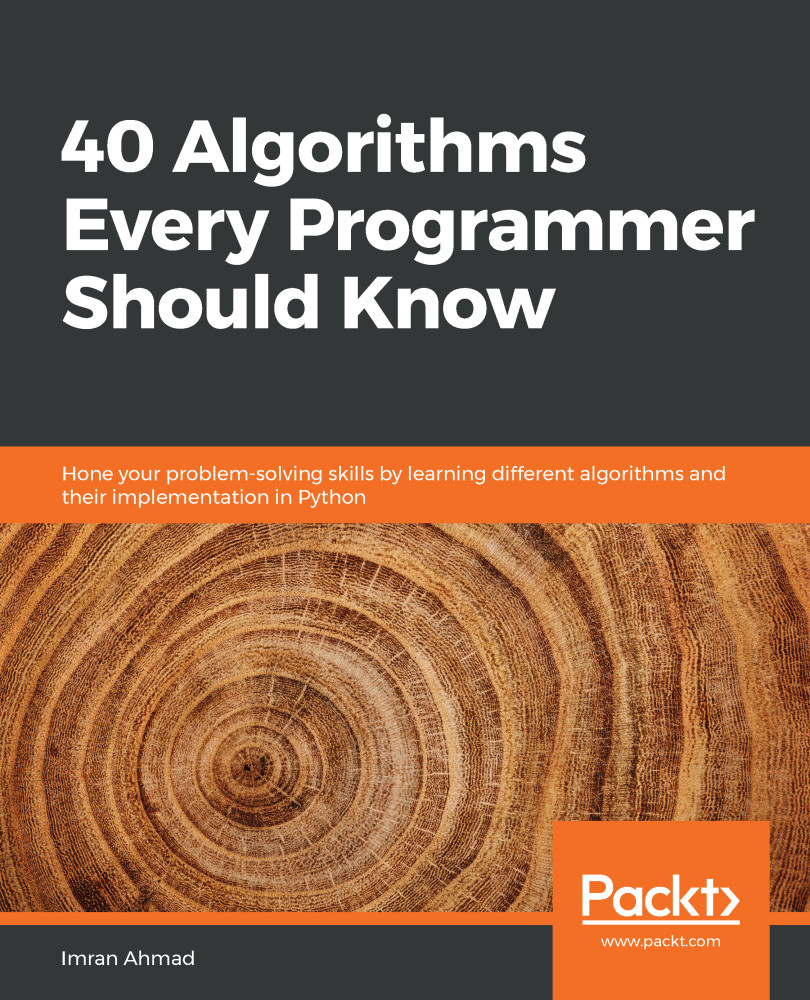When designing an algorithm, it is important to find different ways to specify its details. The ability to capture both its logic and architecture is required. Generally, just like building a home, it is important to specify the structure of an algorithm before actually implementing it. For more complex distributed algorithms, pre-planning the way their logic will be distributed across the cluster at running time is important for the iterative efficient design process. Through pseudocode and execution plans, both these needs are fulfilled and are discussed in the next section.
-
Book Overview & Buying

-
Table Of Contents

40 Algorithms Every Programmer Should Know
By :

40 Algorithms Every Programmer Should Know
By:
Overview of this book
 Free Chapter
Free Chapter



